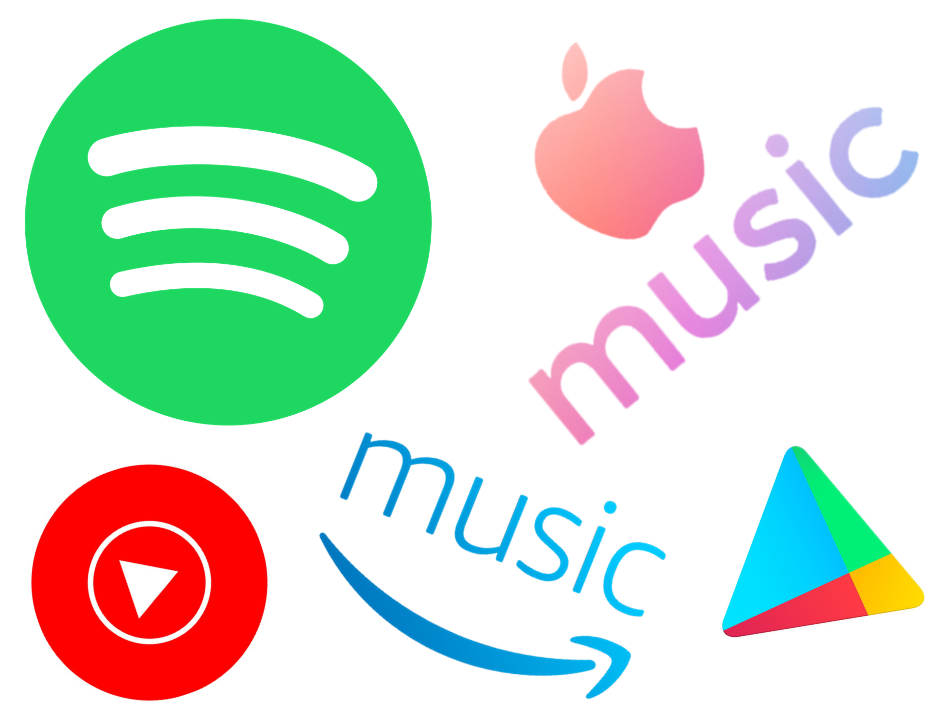Tech Versum: Explore the Future of Technology
Dive into the latest trends and innovations in technology with Tech Versum.
Streaming and Screaming: How Music Platforms Changed Our Listening Habits
Discover how music streaming platforms revolutionized the way we listen, explore, and experience our favorite tunes—prepare to be amazed!
The Evolution of Listening: How Streaming Platforms Reshape Our Musical Experience
The transition from physical media to streaming platforms has profoundly altered the way we engage with music. In the past, listening to music involved purchasing vinyl records, cassette tapes, or CDs, each with its own tangible qualities and collectible value. The arrival of digital downloads marked the first significant shift, allowing users to buy and store music on their devices. However, it was the rise of streaming services like Spotify, Apple Music, and Amazon Music that truly transformed our musical experience. These platforms offer access to vast libraries of songs at our fingertips, facilitating not just convenience but also the blending of genres and discovery of new artists.
Moreover, the inherent algorithms of streaming services personalize musical experiences, creating customized playlists and suggestions that cater to individual tastes. This shift towards algorithm-driven listening has democratized music consumption; users can now explore global sounds that may have previously gone unnoticed. As we navigate through curated playlists and trending hits, the act of listening becomes not just about enjoyment but also about exploration and experimentation. The evolution of listening, driven by these streaming platforms, challenges traditional boundaries and encourages a more inclusive musical landscape, reshaping how we appreciate and interact with music.

From Albums to Playlists: The Shift in Music Consumption Habits
The evolution of music consumption has shifted dramatically from traditional albums to curated playlists, reflecting a profound change in how listeners engage with their favorite artists. In the past, music lovers would eagerly await the release of a new album, often providing a full-length experience that showcased an artist's work as a cohesive unit. Albums served not only as a format for distributing music, but also as an artistic statement. However, with the rise of streaming services like Spotify and Apple Music, the focus has shifted towards playlists that cater to specific moods, activities, or genres, allowing listeners to consume music in a more fragmented yet personalized way.
This transition from albums to playlists highlights a significant transformation in consumer behavior. With the advent of technology and the accessibility of music at our fingertips, people are now curating their own collections of songs that resonate with them. Playlists filled with singles can be enjoyed on-demand, and listeners can discover new tracks without having to commit to an entire album. This shift not only signifies changes in music consumption habits but also challenges artists to adapt their strategies in creating music that engages listeners in a landscape where bite-sized content reigns supreme.
Are We Losing Album Artistry? The Impact of Streaming on Music Structure
The rise of streaming platforms has significantly transformed the way we consume music, leading to a debate on whether we are losing album artistry. Traditionally, albums were crafted as cohesive works of art, with each track contributing to a larger narrative or emotional journey. However, the shift to individual song downloads and streaming playlists has fragmented this experience, prioritizing singles over albums. As a result, artists may feel pressured to create catchy hits rather than exploring deeper, more experimental compositions that require a full album format.
This shift not only affects the artistic expression but also influences the structure of modern music. Many artists are now focusing on creating shorter songs that fit the current streaming algorithms, which favor rapid engagement and high replay value. Consequently, we are witnessing a decrease in the attention given to album flows, interludes, and thematic explorations that were once integral to a music lover’s experience. If this trend continues, we might risk losing the essence of what makes an album a true artistic statement.